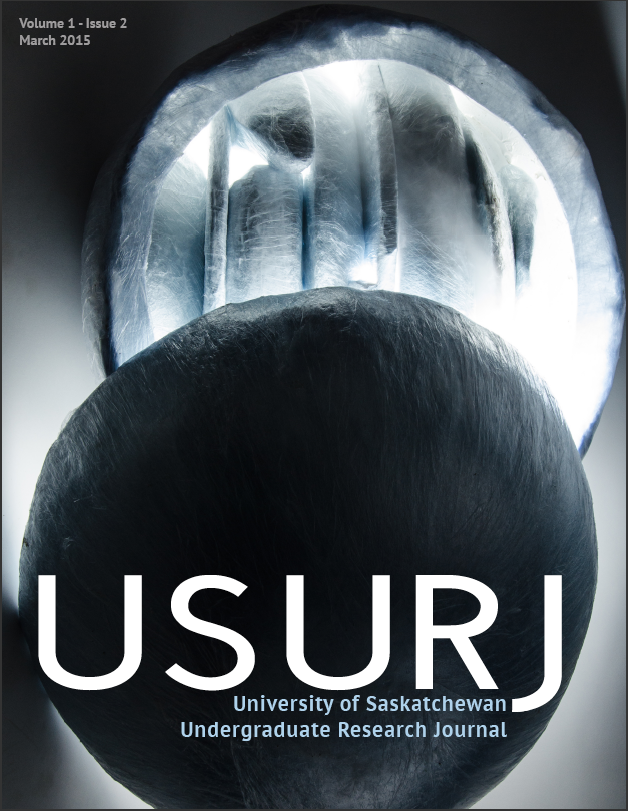Studying Creolisation in Household Archaeology: Comparing Approaches of Archaeological Analysis in Spanish and Russian Settlements in the New World
Main Article Content
Abstract
European expansion in the New World during the fifteenth century created inter-‐ethnic households and relationships, which led to the creation of newly creolised and distinct cultures. Inter-‐ethinic relationships also lead to retention of culture, for both First Nations peoples and Europeans as well. Specifically focusing on Russian and Spanish settlements in North America, this paper examines creolisation by studying the household archaeologically to determine the daily activities of creole cultures, First Nations peoples, and European settlers.
Downloads
Article Details
Section
Articles: USURJ’s current Publication Agreements apply a Creative Commons Attribution-NonCommercial License (CC-BY-NC) by default. The CC BY-NC license lets others remix, tweak, and build upon work non-commercially. The author(s) can choose a different CC license, as outlined in https://creativecommons.org/about/cclicenses/. Please see the PDF for each article to determine what license is applied to that article. Author(s) can also request to reserve all copyright (All Rights Reserved). If there is no indication for articles published before September 2020, assume the author retains all rights beyond those necessary for publication by USURJ. All articles published after September 2020 will apply one of the aforementioned CC licenses. See the Publication Agreement under the Submission Preparation Checklist or Author Guidelines for more information. Artwork: All copyright for the original artwork remains with the artist unless they wish to apply a Creative Commons (CC) license to the artwork. Please see the PDF for each artwork to determine what license is applied to that artwork.
